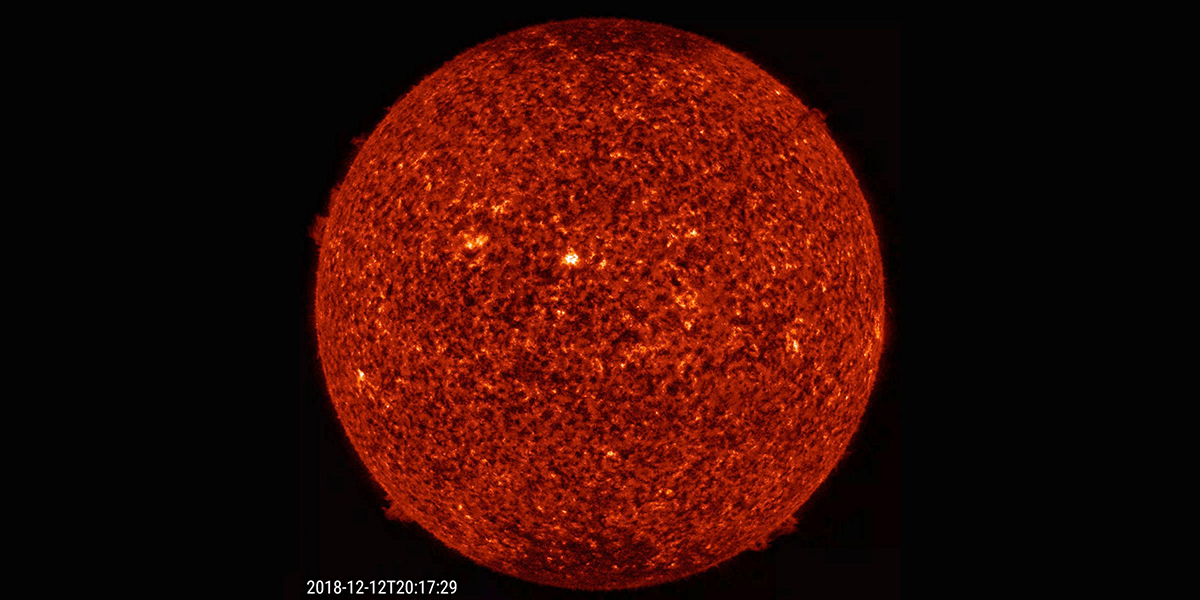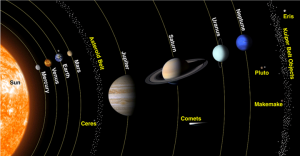
- This event has passed.
Family Astronomy Night, Wednesday, June 2, 2021 at 7 PM EST – VIRTUAL EVENT
June 2, 2021 @ 7:00 pm - 8:30 pm EDT
FREE
The End of the Sun: How Large Stars Die
The Sun has been a constant source of light, warmth, and life for all of human history. But, will it always be this way? What will happen as the Sun ages? Will it get colder? Hotter? Larger? Smaller? Believe it or not, the answer to ALL of these questions is—yes! Have you ever heard of a planetary nebula? If so, did you know that the Sun may create a planetary nebula late in its life, and that despite the name, it has nothing to do with planets? And what will happen to the Earth and the other planets during all of this? Will our solar system survive? Speaking of planets—what are the planets and constellations doing in our skies in June? Join us by Zoom to learn more!
Please register to receive the Zoom login. You may register up to the presentation start time or even during the meeting to join us.
https://msu.zoom.us/webinar/register/WN_tfn0TwcpR-WtpYJvULW1Tw
Adults and families with school-age and older children are invited to join us virtually for a presentation focused on how large stars, like our Sun, end their lives. We will describe the life cycle of the Sun and the many stages that it will go through, with a focus on the spectacular changes near the end of its life. We will also detail how this will be different for smaller or larger stars, and what causes the differences. This will include a discussion of red giants, yellow giants, white dwarfs, and planetary nebula. We will offer some evidence for why astronomers think that all these things will happen. Finally, we will finish with a brief update on the latest news from China’s Tianwen Mars mission and its Zhurong rover.

The Inner and Outer Planets in Our Solar System https://www.universetoday.com/34577/inner-and-outer-planets/
And, as always, we will show you how to find the planets and other cool things that are in the sky this month and into early July. Have you noticed that the Summer Triangle has reappeared in the eastern sky? Have you learned how to find other seasonal stars and constellations, like Polaris (the north star) in the little dipper, Arcturus in Boötes, and Spica in Virgo? Did you know that Scorpius is now visible low in the south, and that it contains some of the most southerly stars that we can see from our latitudes? Or that parts of Centaurus, far in the south, can be seen this month? Are you ready for Venus to begin dominating the early evening sky for the next half year? Have you seen Mars getting fainter and closer to the Sun in the evening, or Jupiter and Saturn high in the pre-dawn sky? And most importantly—do you know how to catch a major partial solar eclipse coming next week? We will help you see all of these things for yourself.
Image credit: http:// photojournal.jpl.nasa.gov/jpeg/PIA21212.jpg
Please join our mailing list to receive notices about upcoming Astronomy Night presentations and other events at MSU St. Andrews.
Attention students: MSU St. Andrews participates in the Great Lakes Bay Region STEM Passport program. You may attend an event or workshop and log it as a STEM experience on your passport!
Michigan State University is committed to providing equal opportunity for participation in all programs, services, and activities. Accommodation for persons with disabilities may be requested by contacting (517) 432-4499 by Wednesday, May 26, 2021. Requests received after this date will be honored whenever possible.
Programming is made possible through the support of several local organizations: the Herbert H. and Grace A. Dow Foundation, the Rollin M. Gerstacker Foundation, the Charles J. Strosacker Foundation, and the Dow Chemical Company Foundation.


